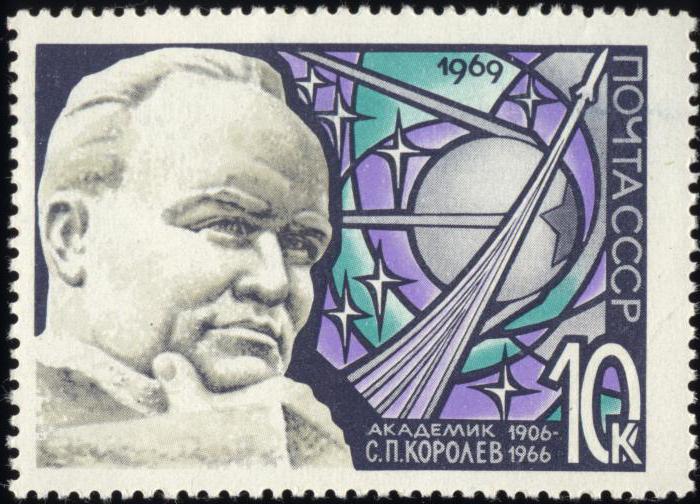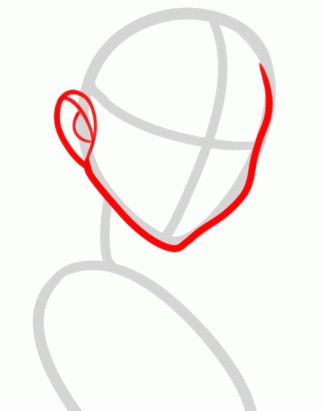The space capital of Russia is justsix kilometers from Moscow Ring Road. Korolev was founded in 1938. About 220 thousand people live and work in the science city today. What monuments in Korolyov can be considered his main business cards? Read about it in our article.
Korolev: some interesting facts about the city
City Korolev - comfortable and comfortable forlife settlement, leading its chronology since 1938. In the middle of the last century, a number of important research institutes, factories and design bureaus were created here. One of them was the Special Design Bureau NII-88 (now RSC Energia). This enterprise was headed by Sergey Korolev from 1948 to 1966 - a famous Soviet designer.

Modern Korolev is the largest in Russiascientific-productional centre. It was here that the world's first artificial satellite of the Earth was developed, it was in this city that the “road to Cosmos” was laid for all of humanity.
Below are the most interesting facts from the history and modern life of the city of Korolev:
- Until 1996, the city was called Kaliningrad.
- Korolev appeared in the 30s on the site of 14 villages and holiday villages (the names of some of them have been preserved in the form of the names of modern urban areas).
- Korolev is the third most populated city in the Moscow region.
- An eastern water supply canal is laid across the territory of the science city, supplying the capital of the Russian Federation with drinking water.
- In 2015, an architectural monument, the Stroyburo House, was unlawfully demolished in Korolev, with which the unique wall paintings of the artist Vasily Maslov were destroyed.
- In Korolev, a building has been preserved, which is a century and a half older than the city itself. This is the Orthodox single-domed church of Cosma and Damian, dating from 1786 by historians.

The main monuments of the city of Korolev
Over 30 different monuments, steles, obelisks and memorial complexes have been established in the science city. Some of them, of course, are devoted to space issues. Among them:
- a stele with a bas-relief of the pilot and cosmonaut Vladislav Volkov;
- monument to designer A. M. Isaev;
- monument and bust of S. P. Korolev;
- obelisk "Creators of space technology";
- monument to the first artificial satellite of the Earth;
- Rocket "East" monument.
There are monuments to other people in Korolevevents and personalities that are not related to space exploration (for example, Lenin, Dzerzhinsky or Yuri Mozhorin). Due to its size and design, the monument to Kaliningrad soldiers, which is installed on Oktyabrsky Boulevard, looks very impressive.
Difficult, but bright biography of the Soviet designer
Monument to the Queen in Korolev not installedby chance. The well-known Ukrainian and Soviet designer has lived in this city for almost two decades, leading its most important enterprise. In Korolyov, not far from the entrance hall of RSC Energia, a 3-storey house has been preserved. The great scientist and academician, twice Hero of Socialist Labor, Sergey Pavlovich Korolev lived in it. This is evidenced by a plaque mounted on the wall of the building.
However, the world designer’s biographywas far from cloudless. Sergey Korolev was born in 1906 in Zhytomyr. He spent most of his childhood in Nizhyn, with his maternal grandparents. It was there that he first saw an airplane flight. This event incredibly shocked the boy and forever deposited in his memory.

In the 1920s, Korolev became seriously interestedgliding. In 1930, the future designer meets with Konstantin Tsiolkovsky, after which he seriously thinks about flying into the stratosphere. A year later, together with F. Zander, Korolev established the GIRD in Moscow, a group for the study of jet propulsion. In 1933, under his leadership, the launch of the first in the USSR liquid rocket.
In 1938, the black stripe began in lifeQueen. He was accused of sabotage and placed in the Butyrka prison. The scientist was supposed to sit in it for 10 years. However, in 1942, the Soviet government realized the full value and great potential of Sergei Korolev and brought him back to the design work. In 1946, he moved to Kaliningrad near Moscow and headed the design bureau founded there. It was here that the Queen waited for the most important successes and achievements in his life.
Monument to the Queen in the city of Korolev: description and reviews of tourists
From 1988 along the main avenue of the city slowlywalking, head down and holding hands in the pockets of a long raincoat, a bronze figure of a great designer. Monument to the Queen in Korolev is one of the iconic sights of the science city. Although many tourists call the sculpture itself gray, inexpressive and even somewhat gloomy.

Nevertheless, the townspeople love this monument and appreciate. There are always a lot of people in the territory adjacent to it, here they have dates and business meetings.
Monument to the Queen in Korolev was solemnlyopen in Soviet times. The opening ceremony was attended by scientists, designers and employees of the local scientific research institute. All of them came to pay tribute to the man, without whom the USSR would hardly have become the leading rocket and space power of the world.
Korolev and Gagarin - "father and son" of the Soviet cosmonautics
Today in the city of Korolev intend to establishAnother reminder of the glorious biography of the science city is a monument to Korolev and Gagarin. Sculptural composition plan to install near the central DC. The opening of the monument is expected in 2017. It will be timed to the 55th anniversary of Yury Gagarin's flight into space and to the 110th anniversary of the birth of S. P. Korolev.

The project of the future monument is ready.Yuri Gagarin and Sergey Korolev will be depicted sitting on a city bench during a conversation. And anyone can take a picture next to the main Soviet explorers of the cosmos.
Finally…
Monument to the Queen in Korolev is considered one ofthe main characters of the Moscow-based science city. In honor of the outstanding physicist and designer Sergei Pavlovich Korolev, this city was named in 1996. The monument itself on its central avenue appeared as early as 1988, that is, eight years earlier.












